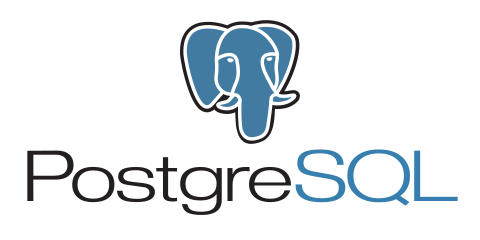So you developed this great app, now how does your marketing team of one get the word out? Social media can be an amazing tool for developers without a big marketing budget and Twitter is a great place to start.
You’ve opened your Twitter account using a Twitter handle that defines and promotes your brand and your app, check. You’ve added a close-up headshot of yourself or a clear, simple logo, check. Now, how do you get the followers and engagement you need to successfully promote your app?
For those of you, like me, who didn’t grow up with social media, it can seem like an arbitrary and daunting undertaking. But dip your toe in and you’ll find Twitter can be fun, informative and rewarding.
Here are 4 tested and simplified tips to get you started marketing your app on Twitter.
Comments closed



